Tag: State Legislature
-
Kansas Senate's veto-proof majority at stake in 2024 elections under new legislative maps
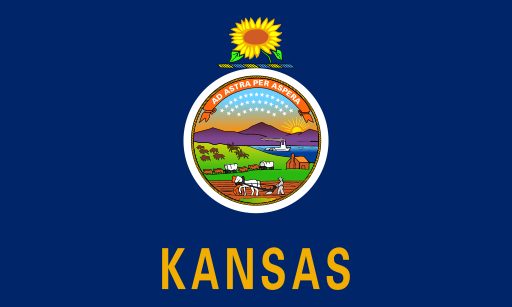
All forty seats in the Kansas State Senate are up for election on Nov. 5, 2024. Republicans hold a 29-11 majority in the chamber, and members will be elected to four-year terms. This is the first year since redistricting Kansas is holding state Senate elections, since new maps went into effect in August 2022. The…
-
Ballotpedia identifies New Hampshire Republican trifecta as highly vulnerable in New Hampshire House of Representatives elections
General elections for the New Hampshire House of Representatives will take place on November 5, 2024. All 400 seats in 203 districts are up for election. Republicans hold a 197-191 majority in the chamber, with one independent and 11 vacancies. Republicans have controlled the House since 2021. The New Hampshire House of Representatives has a…
-
All 40 seats in the Alaska House of Representatives are up for election this year

Elections for all 40 seats in the Alaska House of Representatives are taking place on Nov. 5, 2024. Ballotpedia identified elections in 15 districts as battleground elections. Members of the Alaska House have formed multipartisan majority coalitions including both Democrats and Republicans after every election since 2016. Although Republicans won a majority of seats in…
-
Wisconsin to hold state legislative elections for the first time since redistricting
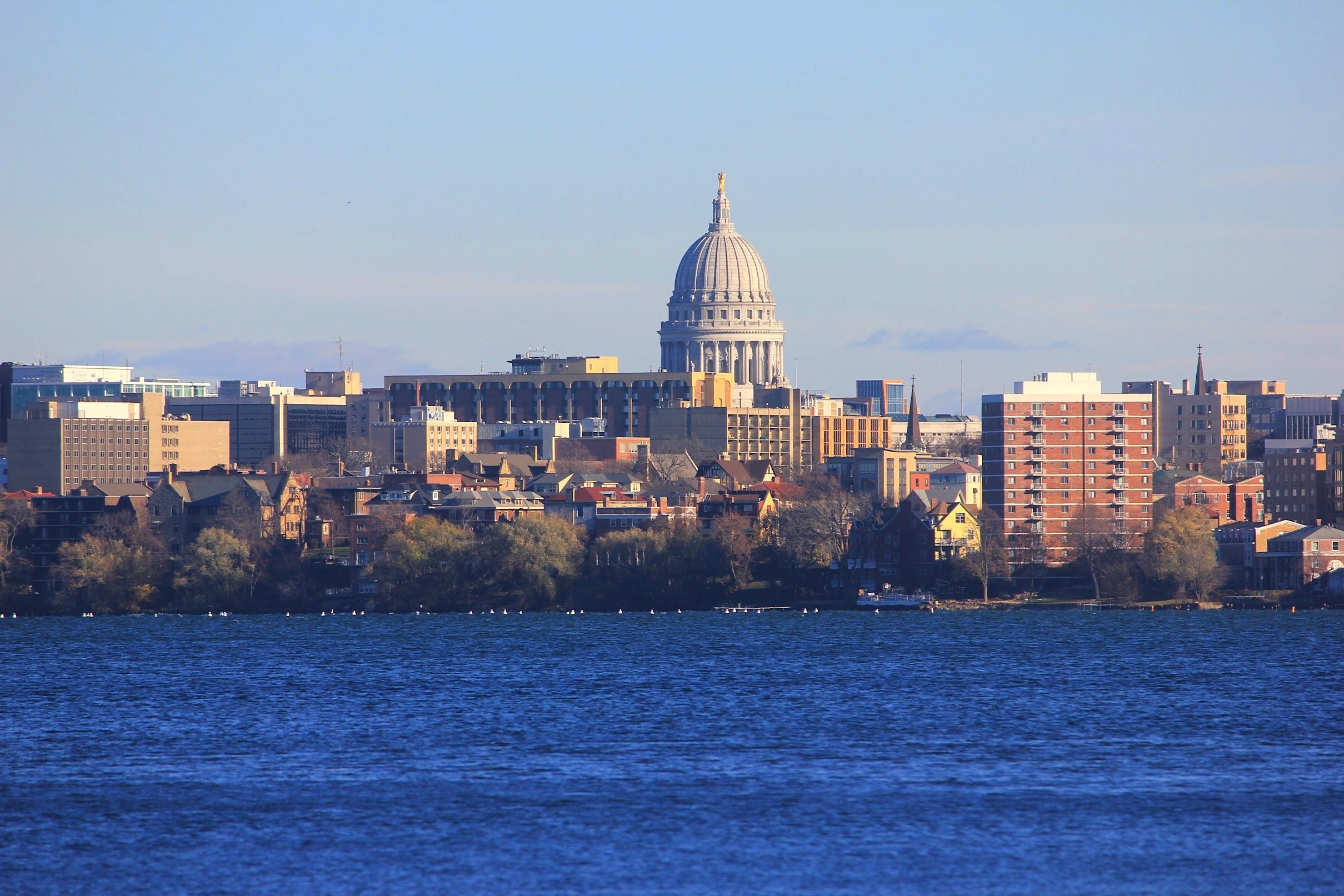
The general election for the Wisconsin Senate will take place on Nov. 5, 2024. Sixteen out of 33 Senate seats are up for election, including eight districts with Republican incumbents running, four districts with Democratic incumbents running, and four open districts. Republicans hold a 22-10 majority, with one vacancy. Democrats would need to gain seven…
-
Administrative state 2024 legislation: 30 states passed 88 bills decreasing agency power

State lawmakers in 44 states considered 583 bills and resolutions in 2024 designed to decrease or increase agency authority and influence or otherwise affect the administrative state. 30 states passed 88 bills and resolutions that decreased agency power. As of August 16, most state legislative sessions have adjourned, and all but eleven of the significant…
-
Open state legislative seats reach second-lowest point in eight election cycles
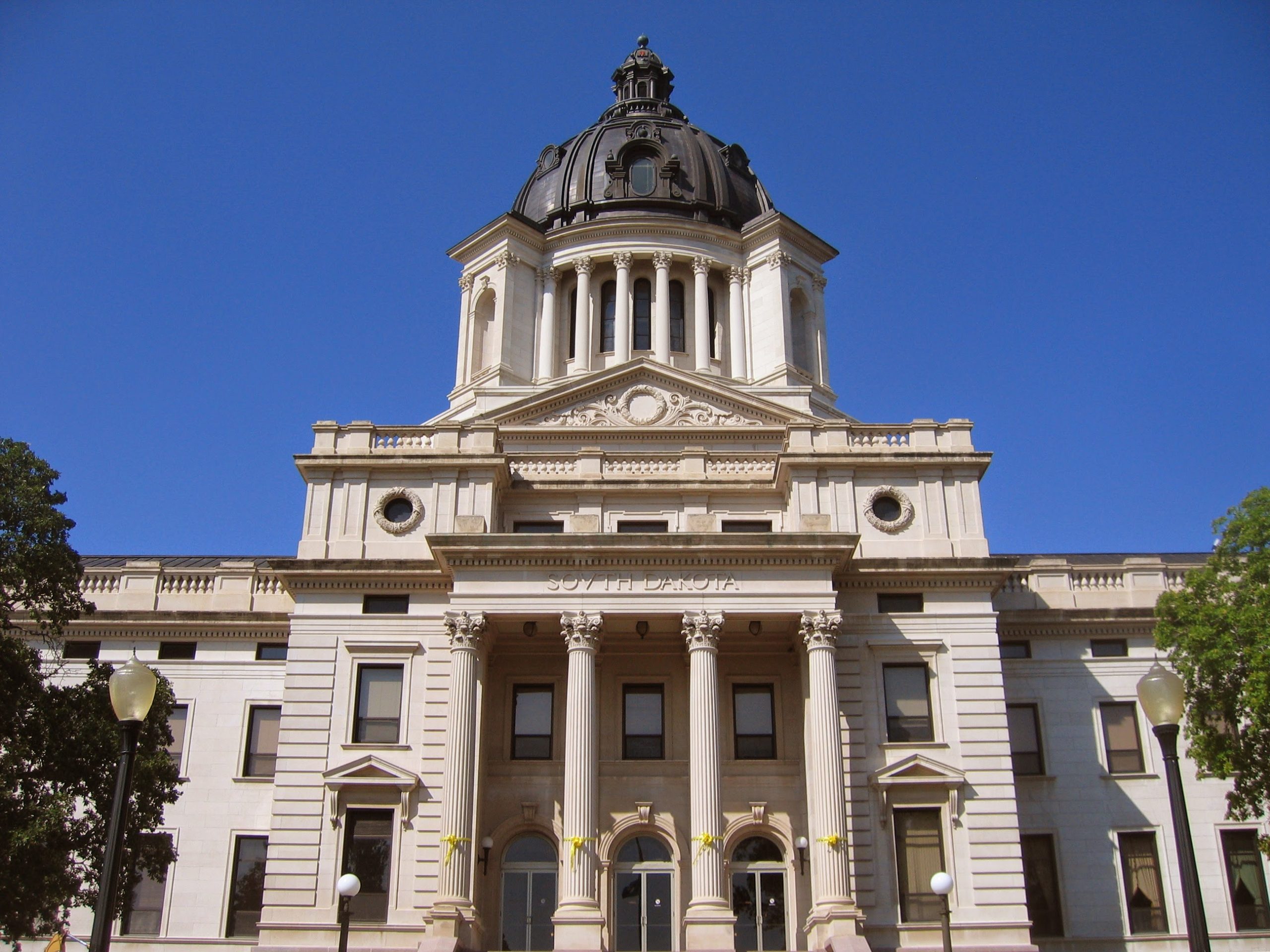
This year there are 953 open state legislative seats, guaranteeing at least 16% of all seats will be won by newcomers. This is the second-smallest number and percentage of open seats since Ballotpedia began gathering data in 2010. Ballotpedia uses the number and percentage of open seats to help determine the overall competitiveness of an…
-
Michigan Supreme Court rules that the legislature cannot adopt and then amend indirect citizen-initiated measures during the same session
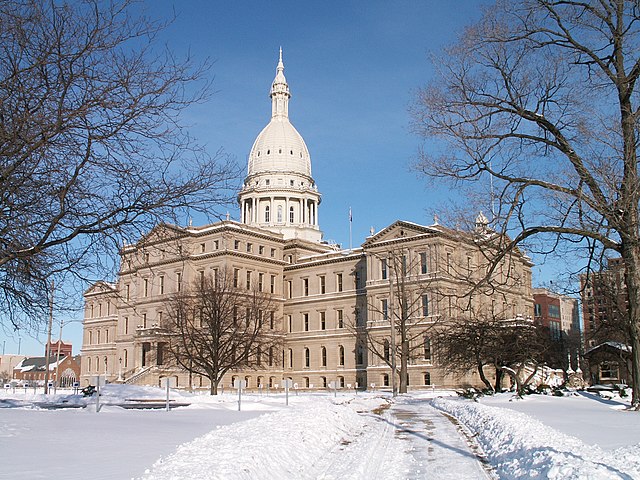
The Michigan Supreme Court ruled that the state legislature cannot adopt-and-amend indirect initiated state statutes, and that such actions in 2018 violated the Michigan Constitution. An indirect initiated state statute is a citizen-initiated ballot measure that amends state statute. While a direct initiative is placed on the ballot once supporters file the required number of…
-
54.98% of state legislators are Republican, 44.38% Democratic

At the end of May 2024, 54.98% of all state legislators in the United States are Republican while 44.38% are Democratic. There are 7,386 state legislative seats in the country. Republicans control 56 chambers, while Democrats hold 41. Two chambers (Alaska House and Alaska Senate) were organized under multipartisan, power-sharing coalitions. Democrats hold 847 state…
-
Decade-high number of Tennessee state legislative candidates
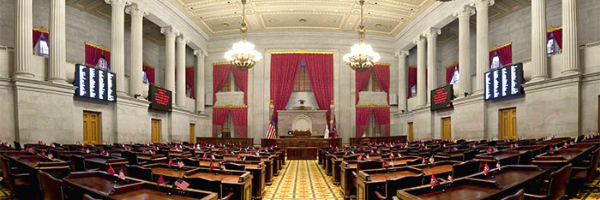
Tennessee has 240 major party candidates running for state legislative office, the most of any election cycle since 2014. Of the 240 total candidates, 106 are Democrats, a decade-high and up 34% from 2022. There are 134 Republican candidates, one candidate fewer than in 2022. Tennessee has 41 contested state legislative primaries this year, a…
-
RCV bans and repeals advancing at higher rate than new authorizations
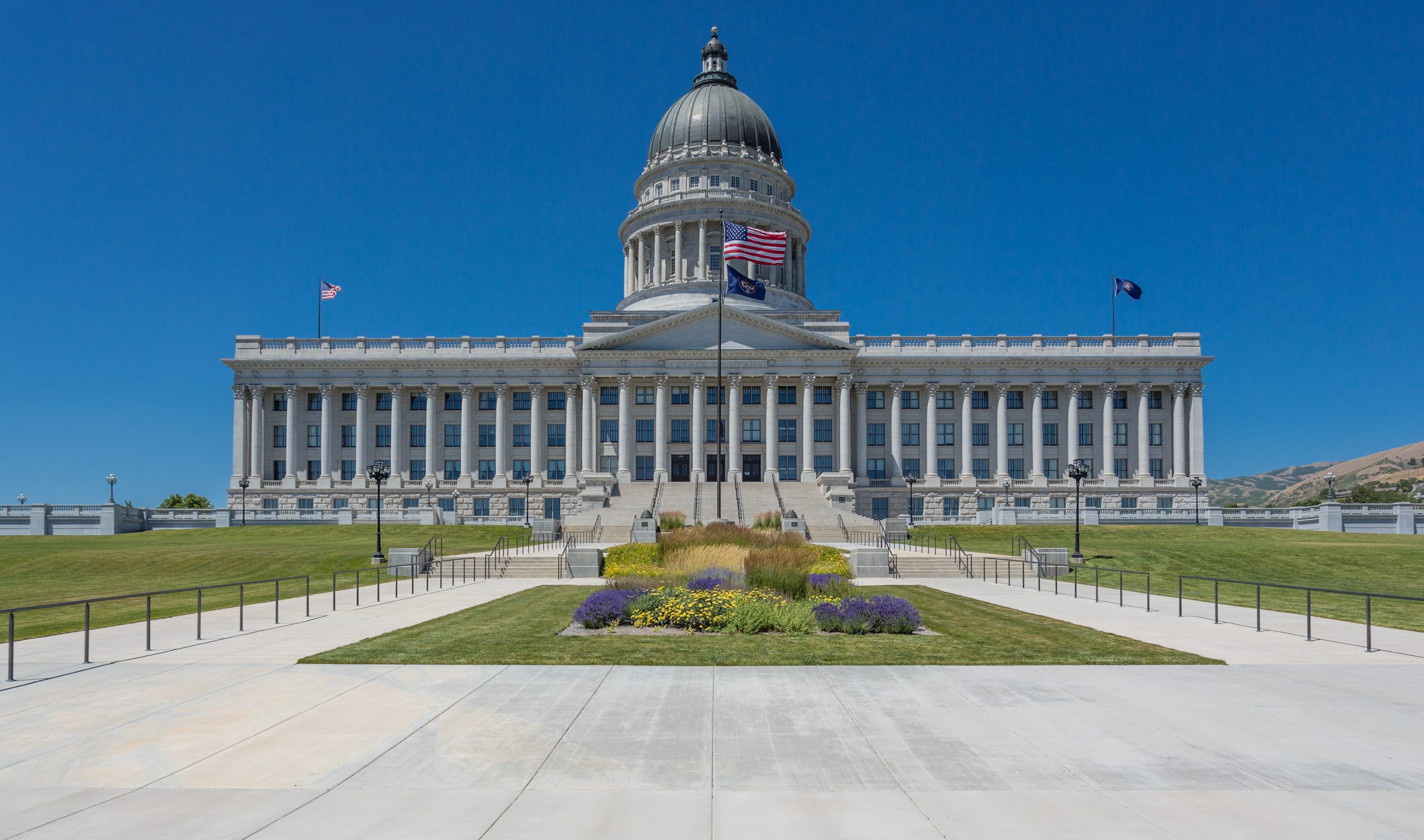
More ranked-choice voting (RCV) bans and repeals are advancing in comparison with new authorizations during 2024 state legislative sessions. Forty bills this year would ban or repeal uses of RCV, while 69 would establish a new use of RCV. Prospective bans make up a greater share of bills that have passed at least one chamber…

